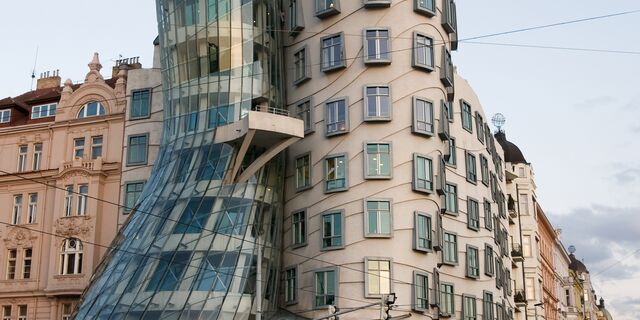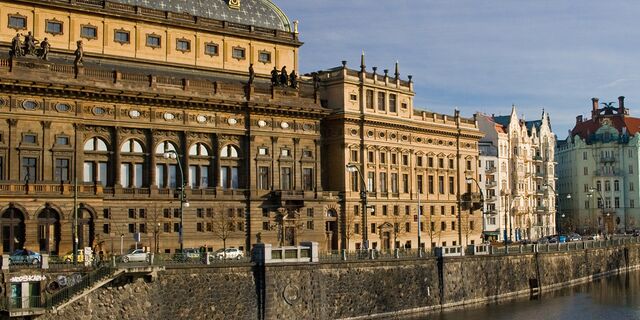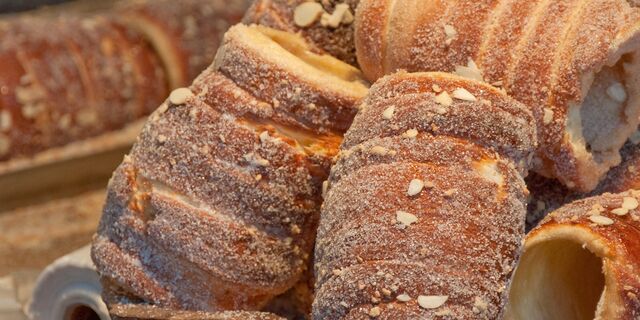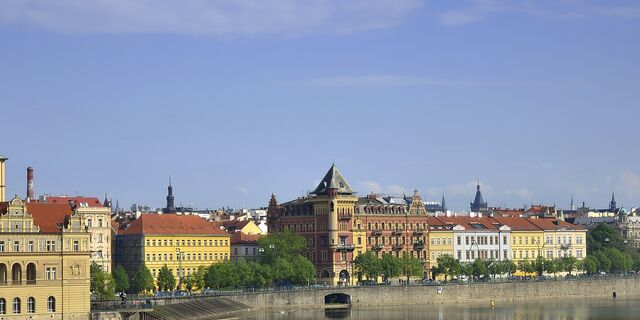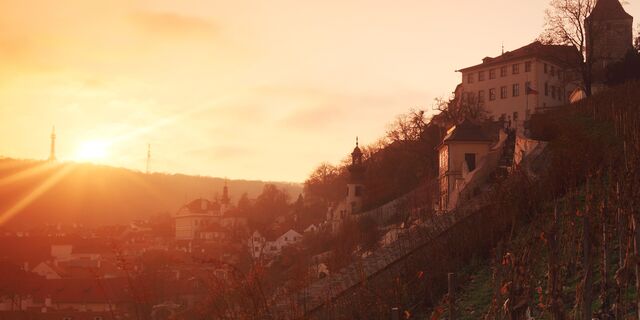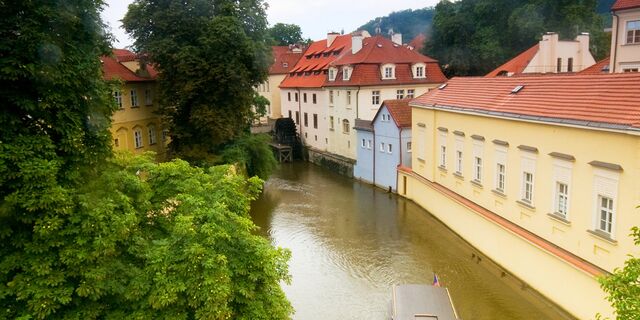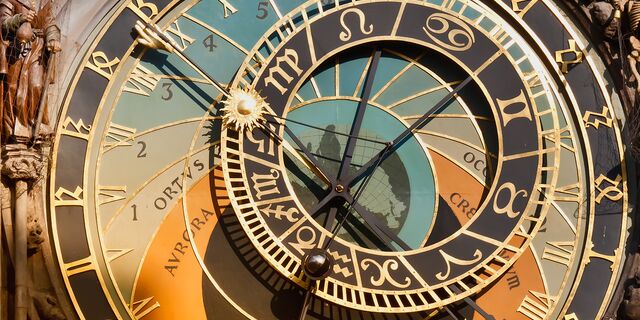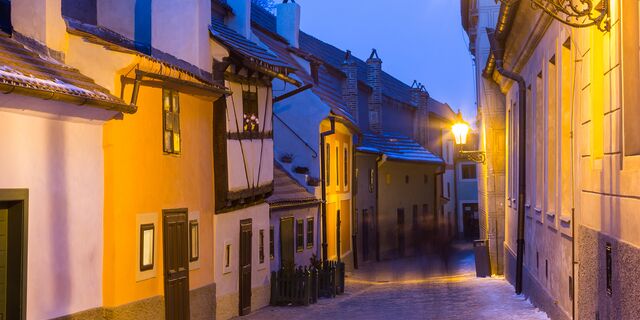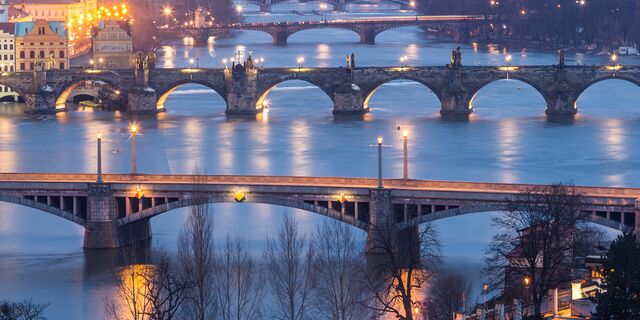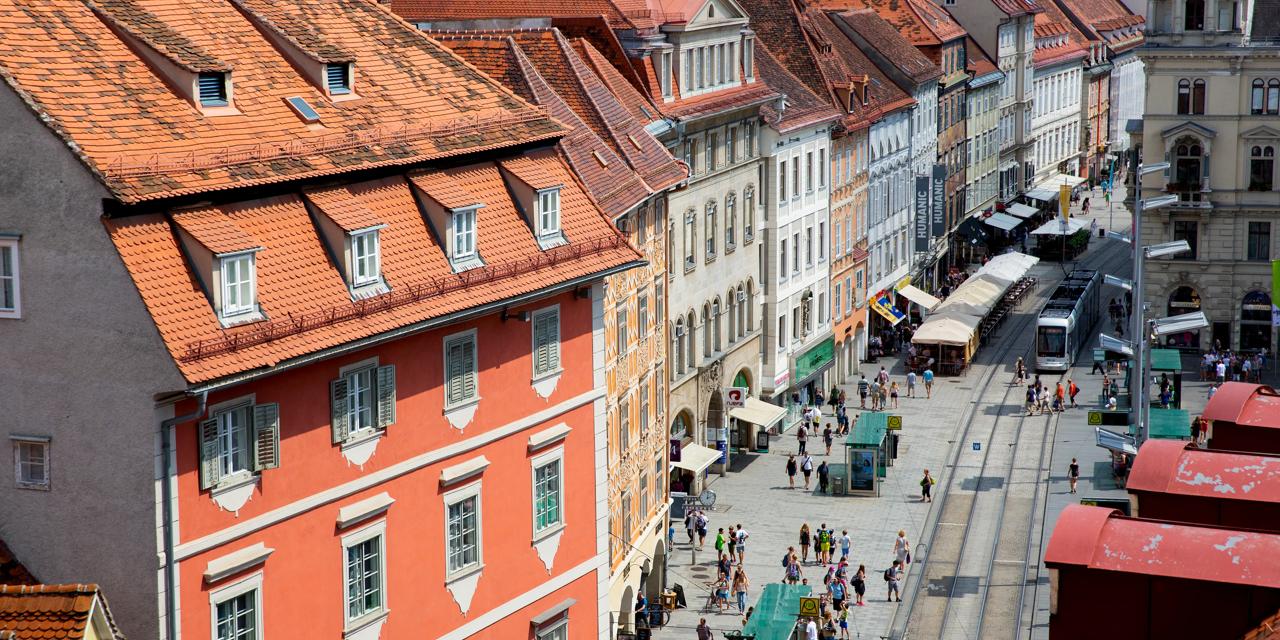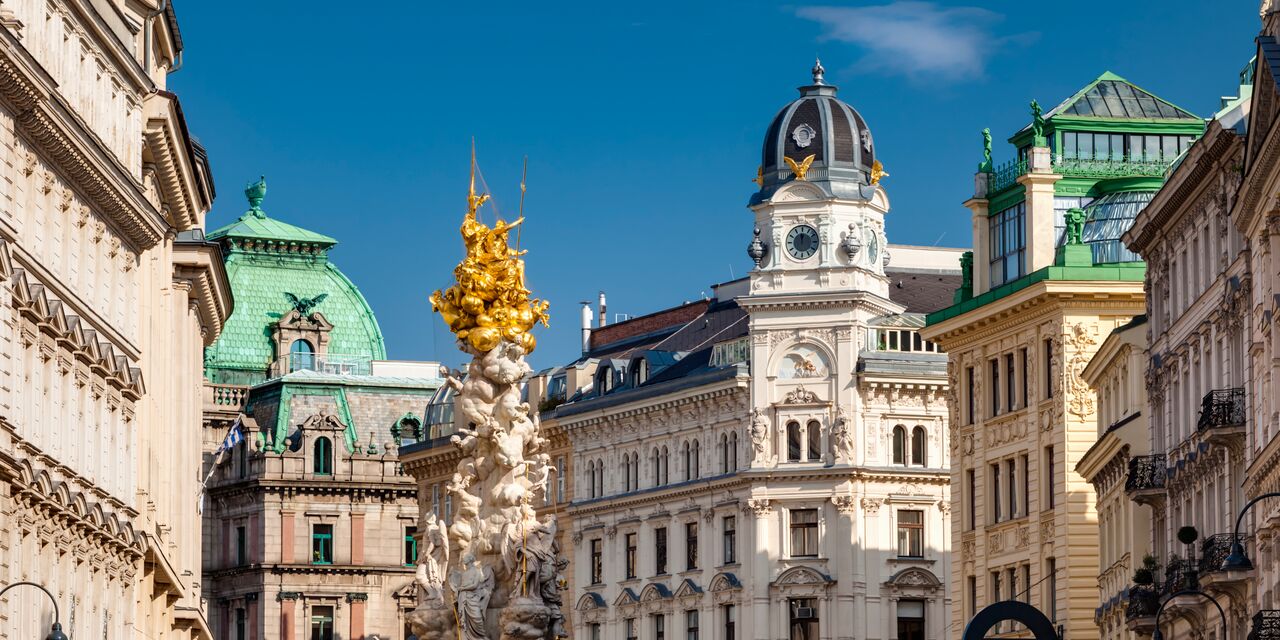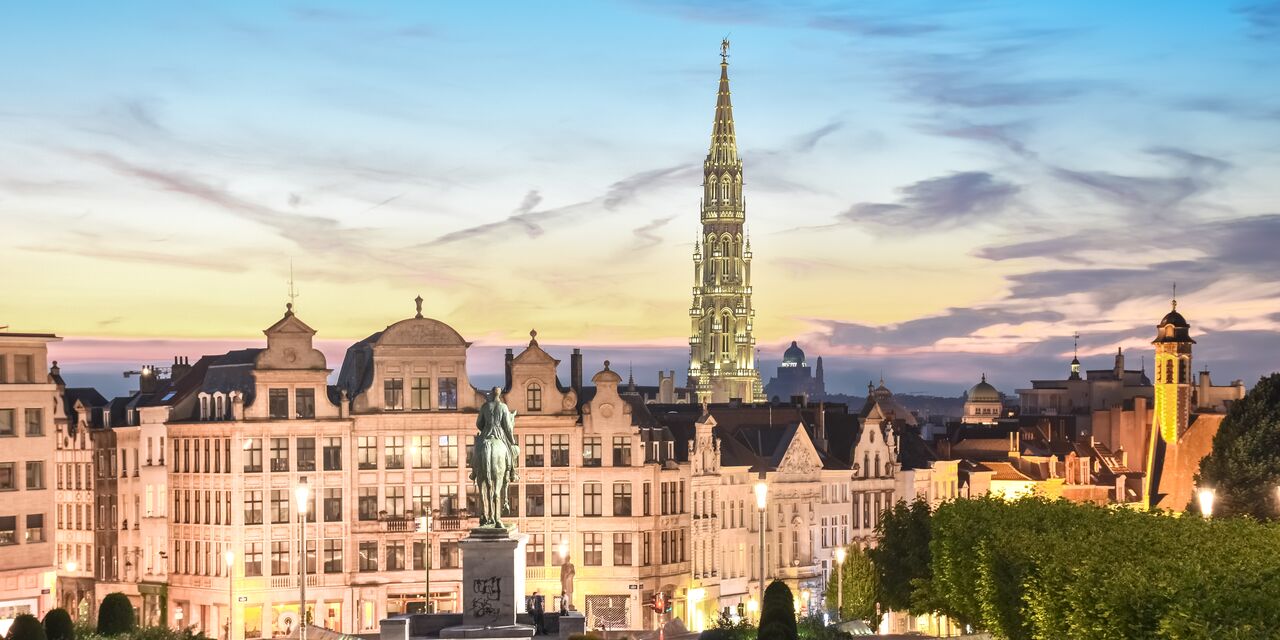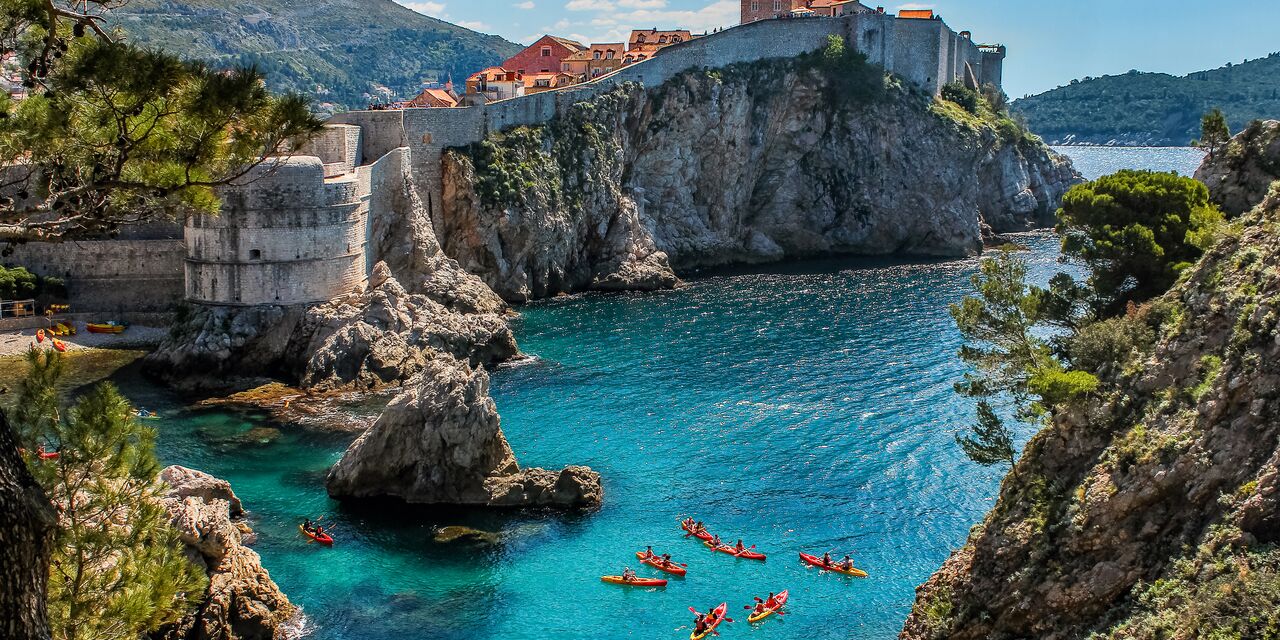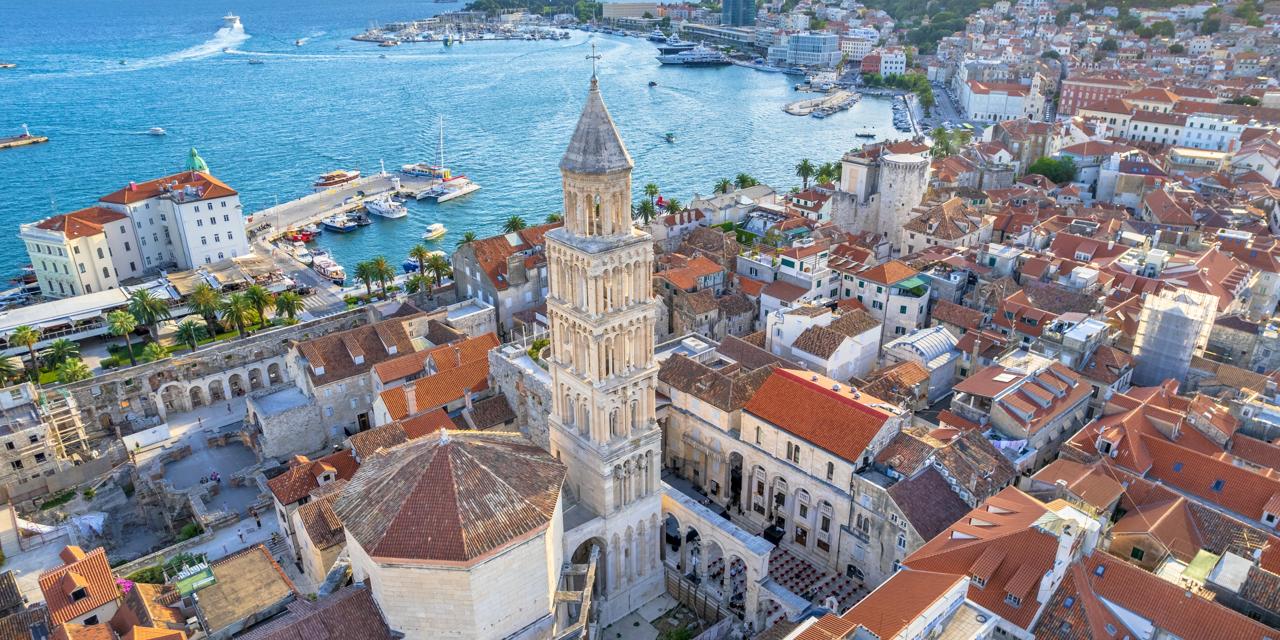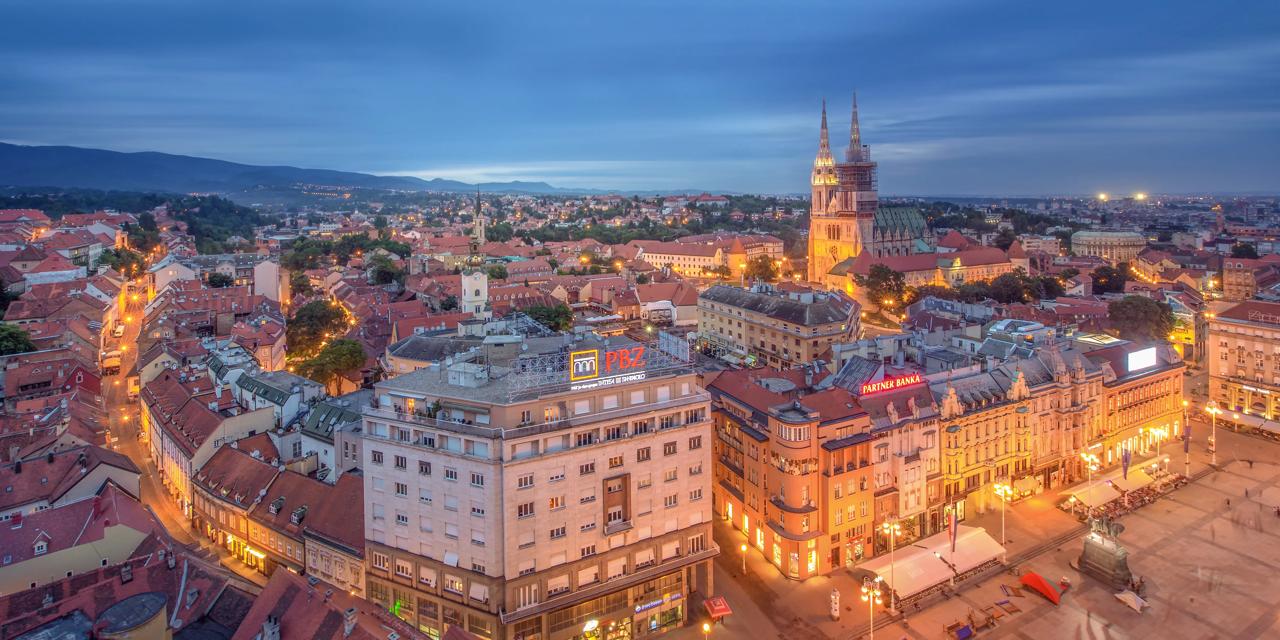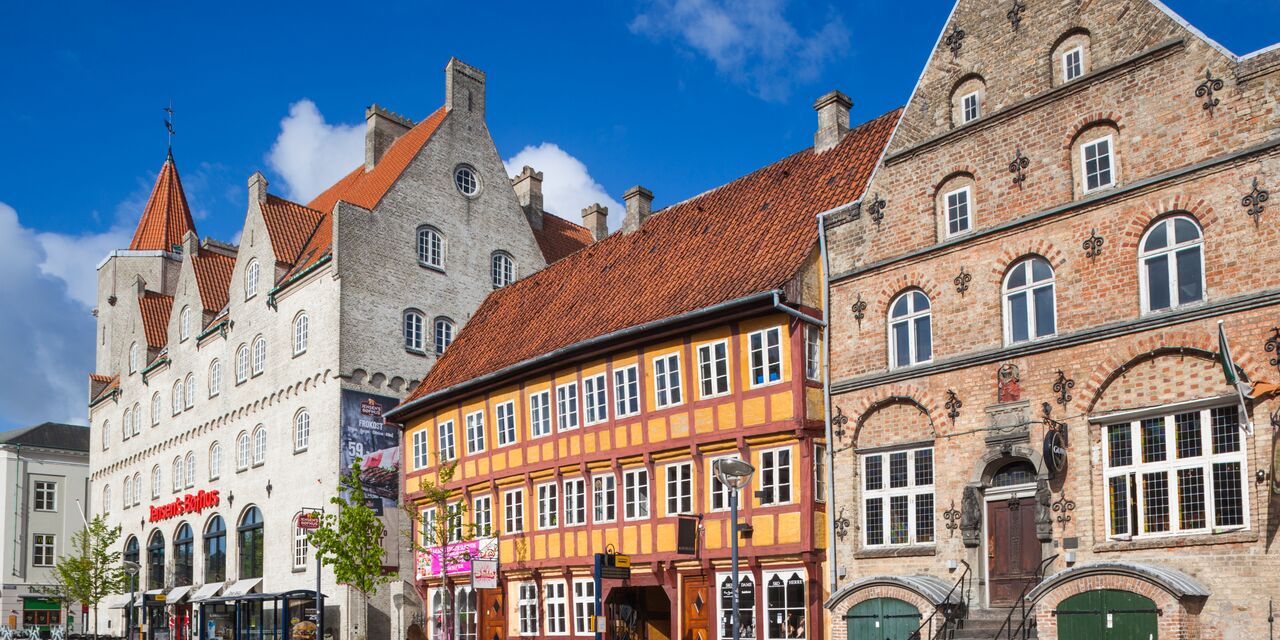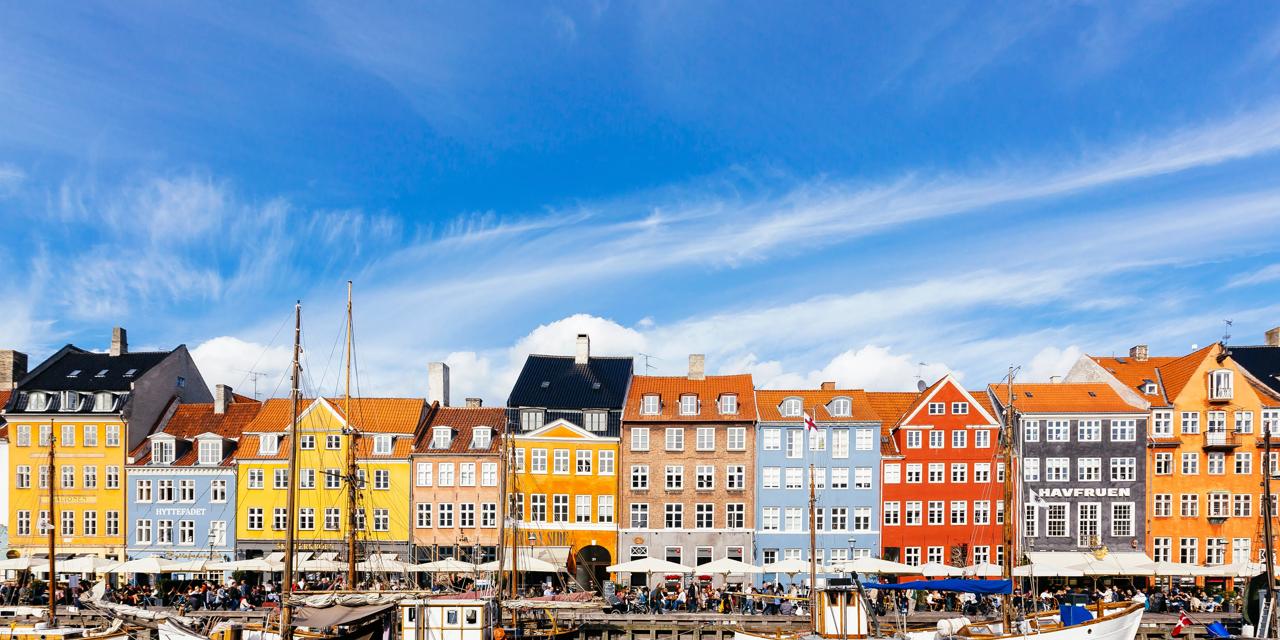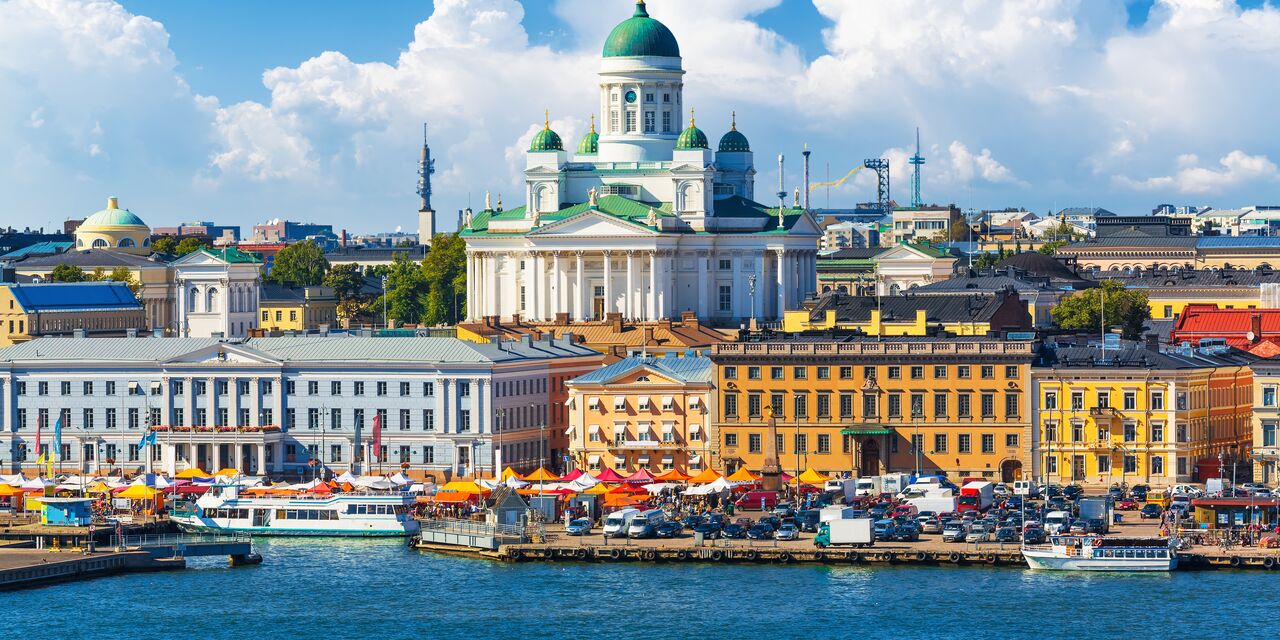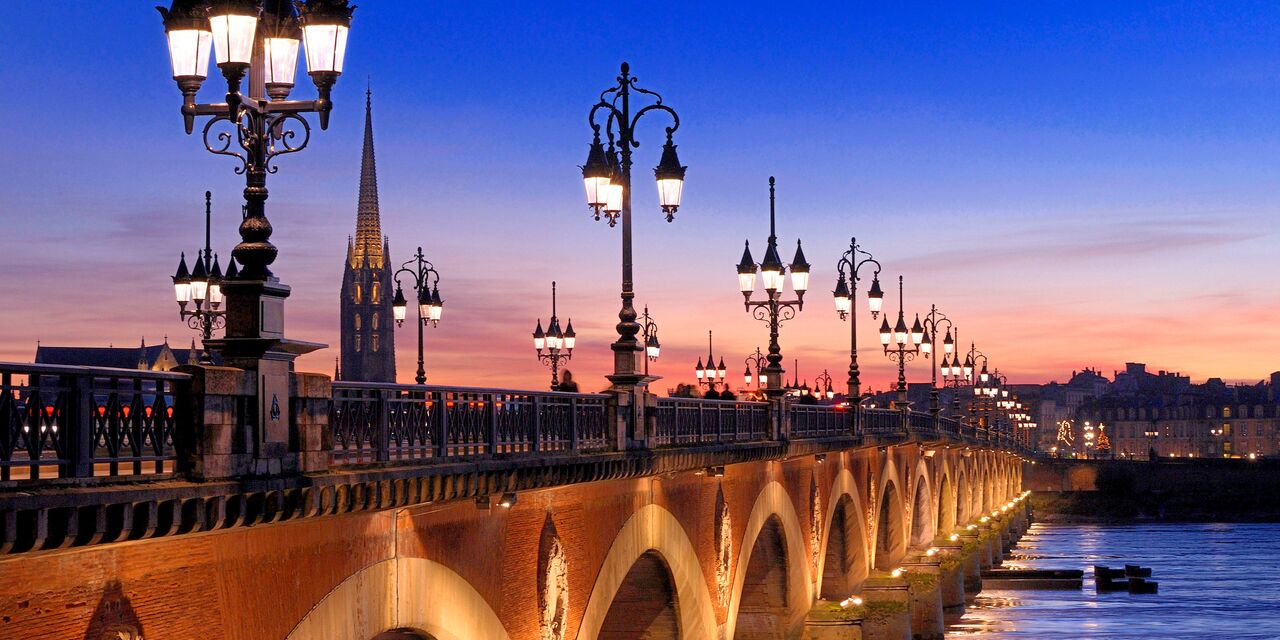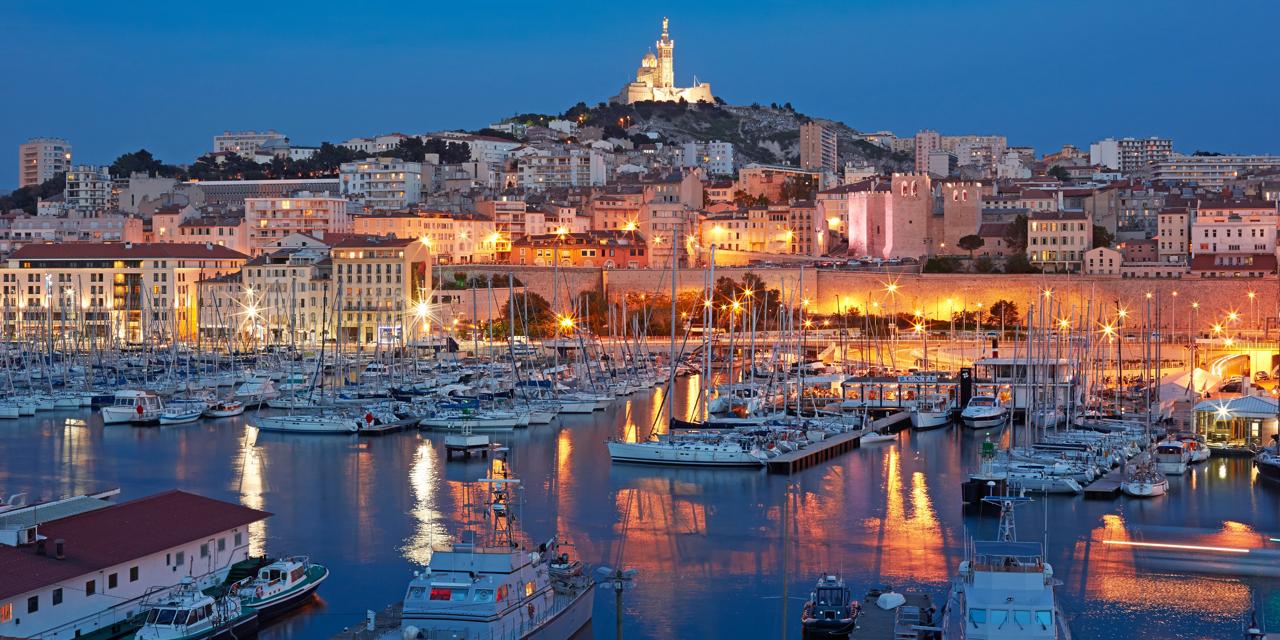Walk across the Charles Bridge
The impressive Charles Bridge with its 16 arches is Prague’s landmark monument. The oldest bridge in Prague was named after Emperor Charles IV, who not only commissioned the construction of this 516-metre-long bridge in 1357, but also personally laid the first stone. The bridge only received its current name in 1870; before that it was simply known as the Stone Bridge.
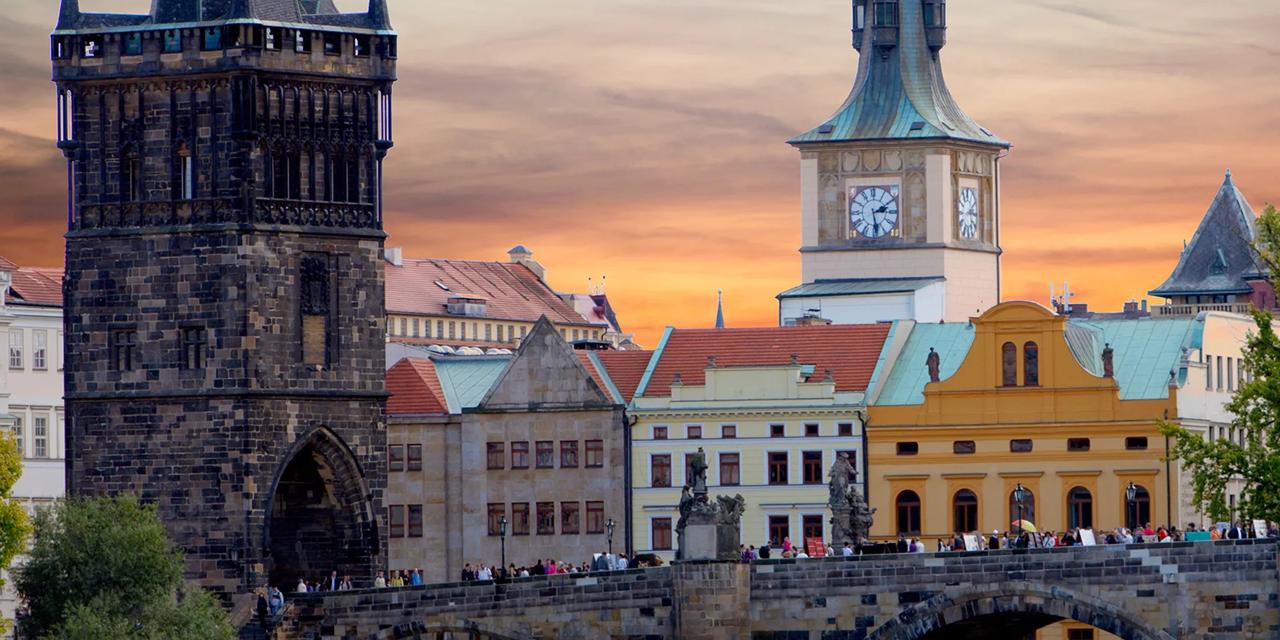
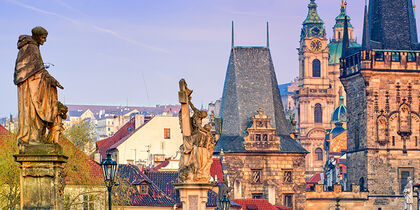
Saints on the bridge
The statues of the 30 saints that line both sides of the bridge were placed here in the 17th and 18th centuries. The oldest statue represents the crucifixion of Christ and dates back to 1667. The statues were donated by the judges and noblemen who were involved in the Counter Reformation, a reform movement within the Roman Catholic Church. Prague was the centre of this movement. The sculptures were added to the bridge to make it resemble the St. Angelo Bridge in Rome. Today all the sculptures have been replaced by replicas.
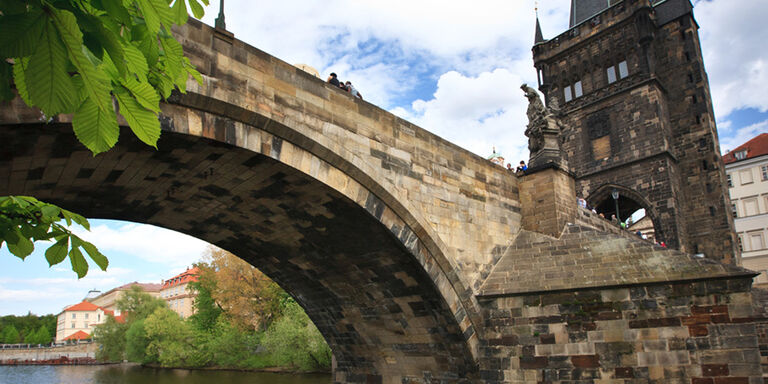
Sandstone bridge
The fast current of the Vltava River was an important factor in the design of the bridge. This resulted in the use of sandstone as this building material does not erode in the fast current. The pillars of the bridge were streamlined to allow the water flow to pass unimpeded. It is said that the cement was enriched with eggs to make it sturdier. However, tests have proven inconclusive so the mystery remains. The Charles Bridge is well worth a visit, and do also make time to see the bridge tower on the south side of the bridge - it is among one of the most beautiful Gothic structures in the world.
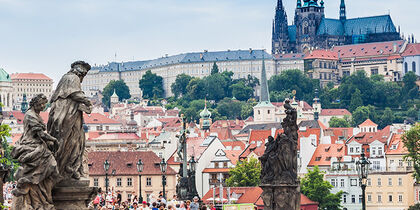
All the luck in the world
To the pleasure of the many tourists who flock here, the bridge is only accessible to pedestrians. It is always busy: artists sell their paintings and drawings, street performers entertain the crowds and in the evening this is a popular meeting place for young people. Watch the crowds gather around the statue of John of Nepomuk - according to local legend, you will receive all the luck in the world if you simultaneously touch the statue’s 2 copper plates.
Discover other destinations in Europe
*The displayed prices are for one adult. All amounts are in SGD. Taxes and surcharges are included. No booking fee is applicable, but a payment surcharge may apply. Prices shown may vary depending on fare availability.
The weather forecast information is provided by World Weather Online. Air France-KLM is not responsible for the reliability of this data.

